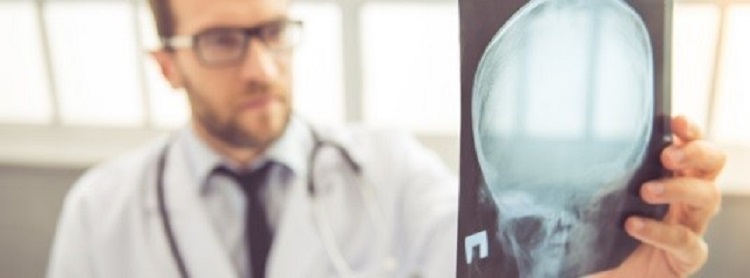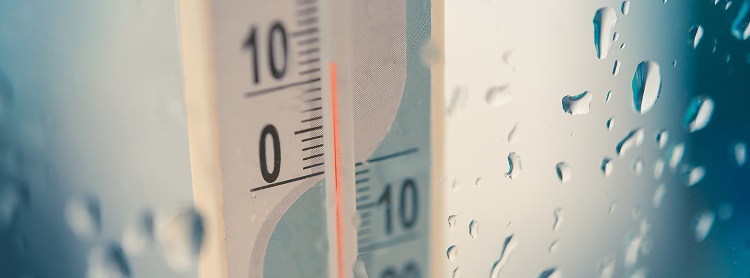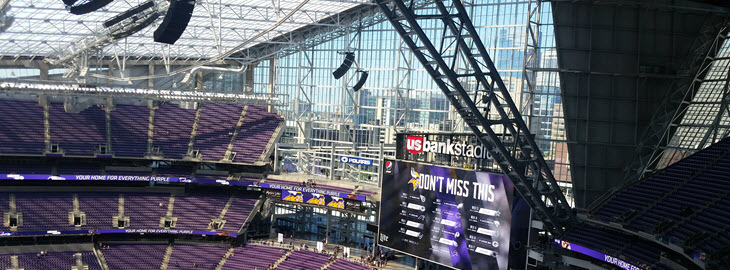
Could you lose your hearing at a Vikings game?
The Metrodome was known for being loud. U.S. Bank Stadium is louder.
U.S. Bank Stadium could be the loudest stadium Minnesota has ever seen. The Vikings say noise bounces off its glass-like roof more than it did from the Metrodome’s fabric roof. Plus, the new stadium can hold 6,000 more fans.
According to ESPN, the loudest single moment during the Vikings’ very first preseason game at U.S. Bank Stadium measured at 114 decibels of sound. That’s noise that is nearly 100 times more intense than the volume at the average NFL stadium. And, it means you’ll notice that a game played at U.S. Bank Stadium sounds about 4 times louder than one played just about anywhere else.
While I know this “loudness factor” is something many people cheer, I want you to know that any sound over 85 decibels can lead to hearing loss if you’re exposed to it for a long period of time. There are Apple and Android smart phone apps you can download that measure decibel level exactly, but it’s a good rule of thumb that you’re probably in an environment that’s too loud if you can’t talk to someone six feet away without shouting.
What happens with noise-induced hearing loss is that the force from loud sound vibrations damages the tiny cells inside your ear. Damage to these hair cells cannot be reversed, so the key is to use hearing protection and prevent it from happening in the first place. In fact, one-third of permanent hearing loss is preventable.
Here are some tips for what you can do to protect your ears at the game:
Use earplugs
Earplugs, when inserted correctly, can reduce average sound levels by 15 to 35 decibels. Most pharmacies, stadiums and sports venues have them for sale. And each year, I join the Minnesota Academy of Audiology to give away free earplugs at the State Fair in the Health Fair 11 exhibit. (HealthPartners generously donates some of those earplugs we give away!)
Look for hearing protection that has a Noise Reduction Rating (NRR) of at least 30. These can reduce harmful noise by 30 decibels. That drops the noise you’re exposed to at U.S. Bank Stadium from 114 decibels to a safer 84 decibels.
Formable or foam ear plugs will expand to fill your ear canal and seal against the walls. They must be clean, the right size and inserted properly to be effective:
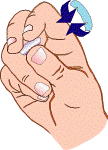
1. Roll the earplug into a small, thin “snake” with your fingers. You can use one or both hands.
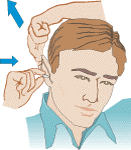
2. Pull the top of your ear up and back with your opposite hand. This will straighten out your ear canal. Slide the rolled-up earplug in while holding your ear open.
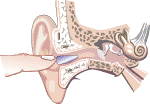
3. Hold the earplug in with your finger. Count to 20 or 30 out loud while waiting for the plug to expand and fill the ear canal. Your voice will sound muffled when the plug has made a good seal.
4. Check the fit when you’re done. Most of the foam should be within the ear canal. Try cupping your hands tightly over your ears. If sounds are much more muffled when your hands are over your ears, the earplug may not be sealing properly. Take the earplug out and try again.
Worn-out or improvised earplugs made from materials like cotton, cigarette filters or gum won’t protect your hearing. They can also irritate and damage your ear canal.
If you opt for earmuffs, make sure they fit over your entire outer ear. Earmuffs will not form an air seal around eyeglasses or long hair. The adjustable headband must also be tight enough to hold earmuffs in place.
Take regular breaks
Grab concessions, go to the bathroom or take a lap around the concourse a few times during the game. A 5- to 10-minute break each quarter or half of the game will give your ears some time to recover.
Have a hearing detox after the game
After spending two hours in 100-decibel sound, you need at least 16 hours of rest in a quiet environment for your ears to recover. Re-exposing your ears to loud noises in any amount of time less than 16 hours increases your risk of permanent hearing loss.
Model good ear safety to kids
Be sure that everyone in your family is wearing hearing protection each time you attend noisy events. Enforcing this rule consistently from the get-go will cut down on the “but it’s not cool!” complaints.
About David Geddes, AuD
Dr. David Geddes is the HealthPartners Audiology department chair. He currently practices at the HealthPartners West Clinic in St. Louis Park, Minn. Dr. Geddes received his master’s degree in audiology from Indiana University and his Clinical Doctorate in Audiology from the Pennsylvania College of Optometry School of Audiology. While he enjoys helping all age groups with their hearing concerns, he finds hearing evaluations for children to be particularly rewarding. He also has a special passion for working with digital hearing aids. Dr. Geddes is a native of northern Minnesota. Along with his family, he spends much of his time outside of work doing activities commonly associated with that area – like biking, fishing, camping, and alpine and Nordic skiing. Dr. Geddes’ wife, Lori, is an optometrist who also works with HealthPartners and together they have two grown children.


